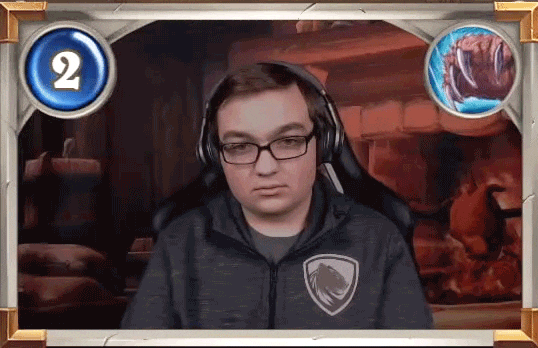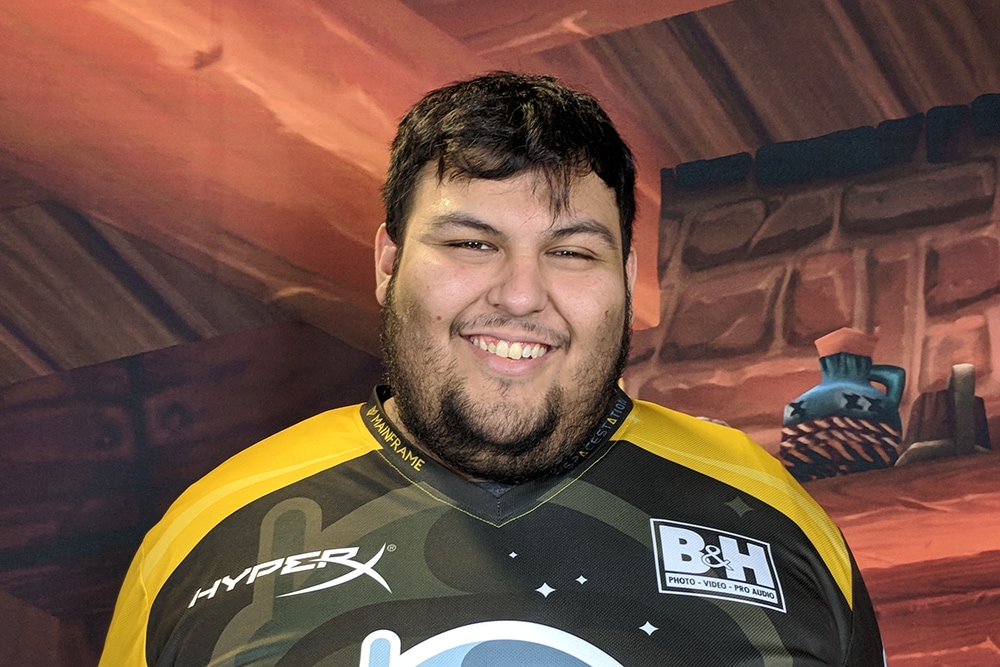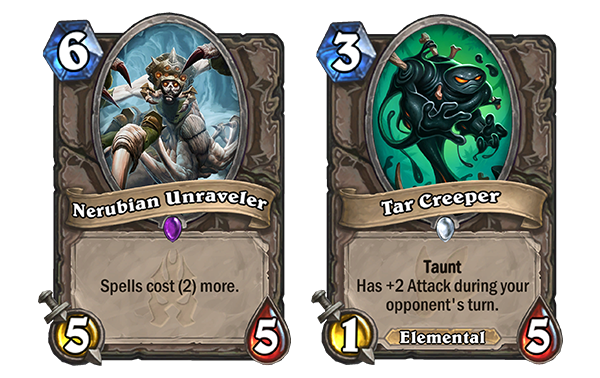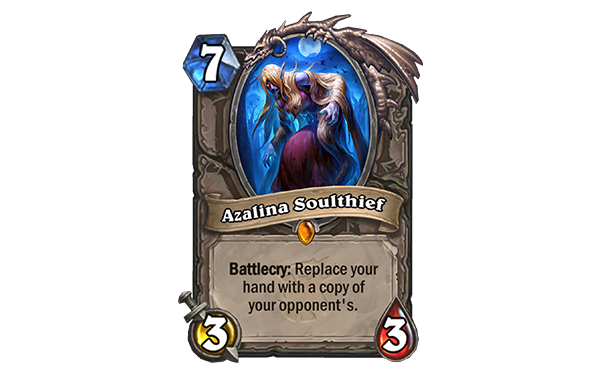Hearthstone - Heroes of Warcraft news » Who Won HCT Americas Summer Playoffs, and Why
Hearty congratulations to the four players who qualified for the Hearthstone Championship Tour (HCT) Summer Championship: Lucas “Rase” Guerra of Brazil, Facundo “Nalguidan” Pruzzo from Argentina, and the United States’ David “killinallday” Acosta and David “dog” Caero!

South American fans are familiar with Rase from the Copa América scene, while Nalguidan is a more known quantity; he’ll be making back-to-back appearances at HCT Seasonal Championships. From North America, killinallday advanced after receiving a much-deserved top eight berth (having finished ninth in two Seasonal Playoffs in 2017), and the immensely popular streamer dog will bring his high-level play and unique deck-building skills to his first championship.
Three of these four players brought the same deck lineup, featuring Quest Rogue, Cube Warlock, Even Paladin, and Spiteful Druid. Only dog bucked the trend, playing the Control Priest list that was hugely popular in the European Playoffs, an Odd Warrior, and a Control Warlock alongside his own Spiteful Druid. Killinallday’s game plan for the four decks was to optimize against the overwhelming popularity of Spiteful Druid. “I’m just trying to hedge against lineups that bring Warlock and Spiteful Druid—to have good matchups across the board with a flexible ban strategy,” he said. “The typical ban for the majority of lineups was Paladin, because the Paladin lineups are very focused on sweeping the Quest Rogue.”
This were the decks i played, soft targeting to control decks while teching for spitfull druids and cubelock (ban pala most of the times) I put the score (win-lose-banned). Thanks again to @killinalldayhs and @pnc_hs that gave me their rogue list and teach me the matchups :D pic.twitter.com/XdlhBcTEsa
— Facundo Pruzzo (@Nalguidan) May 14, 2018
The notable success of many of these decks is reflected in the recently announced balance changes, so players will have their work cut out for them to prepare for the HCT Summer Championship. (We’ll have reactions to these balance changes from your favorite pro players soon—check back later this week.)
How to Tame Your Deck Lists
After all three Summer Playoffs are over, we’ll look at how different players approached constructing their lineups. From the Americas Playoffs, here’s a sneak preview of what to expect from 2017 HCT World Championship competitor Anthony “Ant” Trevino’s perspective.

“You usually start with decks that you’re more comfortable with—at least, that’s where I start,” Ant said. “I know the matches pretty well. You want synergies with your decks—you kind of want to target, and for your decks to have similar strategies.” Factors outside the game matter, too, and Ant chose not to bring Quest Rogue because he felt that playing it all day in a tournament environment would be too difficult, and the mental fatigue of a long day might increase his risk of misplaying it.
As for selecting a ban, you want to remove the class that improves your widest range of matchups by eliminating a targeted counter. For Ant’s lineup, that was Paladin. “The thing with banning Paladin is that Druid’s matchups get better,” he said. “A lot of other matches are fairly even, or you’re pretty favored.” His practice group arrived at their lineup—Cube Warlock, Spiteful Druid, Tempo Mage, and Even Paladin—with the slight advantage of the outcome data from the Europe Playoffs.
Once the tournament had begun, despite his success in the first couple Swiss rounds, Ant said he would have liked to revisit a couple tech card choices. “I’d swap the Nerubian Unraveler for a second Tar Creeper,” he said, referring to his Spiteful Druid list. “I thought about taking out the Mind Control Tech, but it’s good against Warlock. If you ban Paladin, Unraveler is good against Warlock, Priest—even Quest Rogue. I like it, but I would go back and change it given everyone else’s lineups.”

A Pro’s Perspective

Finally, we asked Stanislav “StanCifka” Cifka to break down the tech choices and lineup decisions that helped define this past weekend’s outcome. The critical first consideration, in his opinion, was whether to bring Warlock: “Warlock was the most popular deck choice of the tournament, with 66 players of out 73 playing it in some form—and I have to say that I believe not bringing Warlock was a mistake.”
Despite its success—either in play, or in baiting a ban—StanCifka added that Quest Rogue was a dangerous inclusion in a Conquest format tournament, but it made playing control deck lineups very strong. “We can see this with a lineup like dog’s: four full control decks that all perform really well against midrange,” he said. “This is the reason why he managed to beat Muzzy twice in the top eight, as Muzzy went for midrange decks like Even Paladin, Odd Rogue, and Midrange Druid. These decks are great and look very polished in a vacuum, but the matchup against dog was really quite bad.”
“One card I would like to pinpoint is Azalina Soulthief,” StanCifka said. “It can net you a ton of value in control matchups, or allows you to copy cards like Azari the Devourer against Warlock opponents. This card was flying under the radar in recent weeks, but pro players are starting to pick up on her, and I would recommend giving her a try.”


We’ll have lots more HCT Playoffs coverage in the coming weeks as we highlight the player experience, examine deck list lineup design, and speak with pros bound for the Summer Championship. Stay tuned!
What were your favorite moments from the Americas Playoffs? Let us know in the comments or join the conversation on Twitter using the hashtag #HCT.
















 Update comments
Update comments